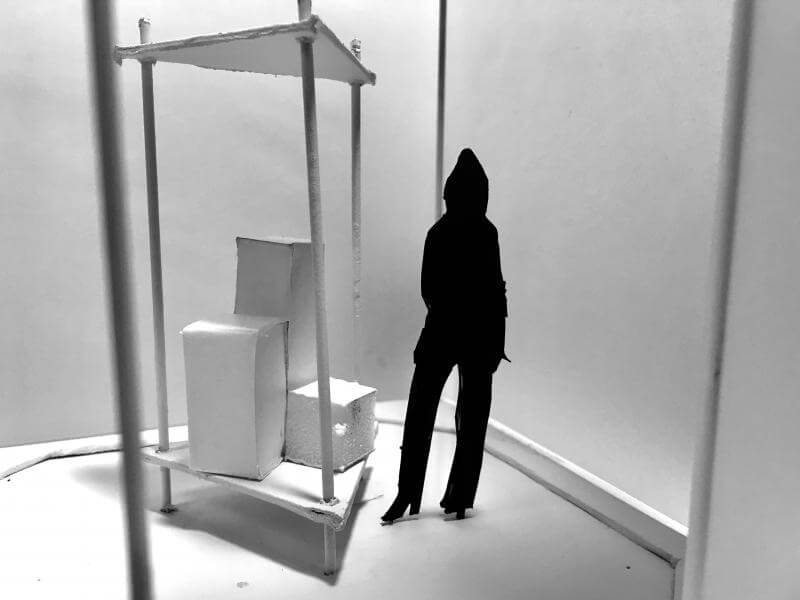STS Olfactorium
Morana Alac;Evelyn Walker, UCSD
Boston 2017: Visual and Sensory Approaches

Olfaction is not only the least studied sense, but a sense that poses specific challenges to those who study it. One reason for this is its peculiar spatiality. Scientists in olfactory psychophysics—whose everyday practices we observe—engage the sense of smell by importantly dealing with space. That space is not reducible to the known parameters of “distant observation” and “reaching toward,” familiar from the visual and tactile modalities. Instead, the embodied spatiality associated with olfaction is one of immersion: odors environ. In the laboratory, this kind of spatiality regards experimental participants as well as lab members who live their labs as smellscapes. Michael Lynch (1991) pointed out that places of scientific work are not only about physical locales but concern practical actions within those spaces. Adding noses to the universe of eyes and hands that Lynch discussed, means, however, re-proposing the question of witnessing and rendering: How do we engage places of scientific work when they are articulated through olfactory features of experience? We deal with the issue by stepping off the printed page. We thus exhibit a multisensory installation that imaginatively combines historical records on Eleanor Gamble’s first olfactorium, with visual, odorous, tactile and audio fragments of laboratory life collected during our study. The installation can be inhabited by small clusters of visitors, while conceiving and actualizing it further attunes its designers to mundane efforts in olfactory psychophysics. We intend our olfactorioum to generate aesthetic experience but also to function as a mode for methodological reflections in STS.
Published: 01/30/2023
